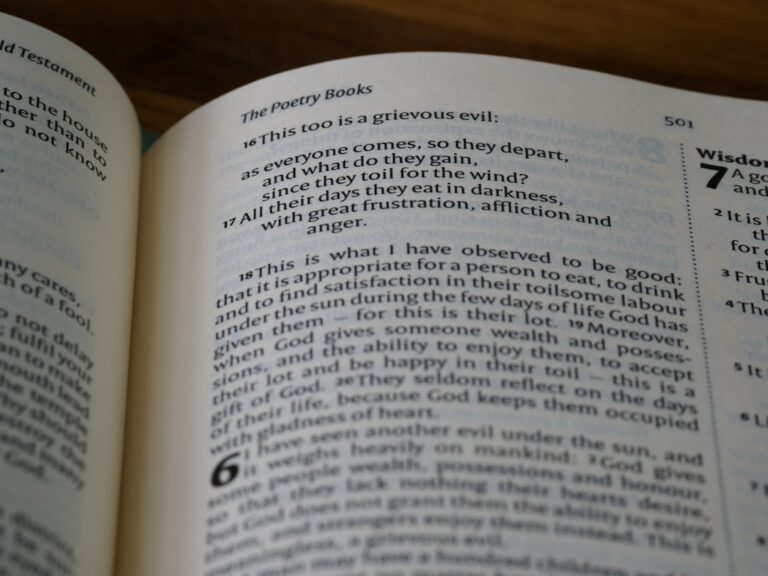The exploration of gender within Indian historiography has its roots in the early 20th century, a period marked by the emergence of nationalist movements and a growing awareness of social issues. Scholars began to examine the roles and representations of women in historical narratives, albeit often through a lens that was heavily influenced by prevailing patriarchal norms. Early studies predominantly focused on the lives of prominent women, such as Rani Lakshmibai and Sarojini Naidu, who were celebrated for their contributions to the freedom struggle.
These narratives, while significant, often romanticized women’s roles and overlooked the complexities of their lived experiences. The portrayal of women as symbols of national pride or as passive participants in history limited a more nuanced understanding of gender dynamics in Indian society. Moreover, early historiographical efforts tended to rely on colonial records and texts, which frequently depicted Indian women through a colonial gaze.
This perspective often emphasized notions of oppression and victimhood, framing women as subjects in need of rescue from their own cultures. Such representations not only distorted the realities of women’s lives but also marginalized the voices of women themselves.
This foundational work laid the groundwork for subsequent scholarship but also highlighted the need for more inclusive and diverse methodologies that could better capture the multifaceted nature of gender in Indian history.
Key Takeaways
- Early studies on gender in Indian historiography focused on highlighting the roles and experiences of women in traditional Indian society.
- The influence of colonialism on gender research in Indian historiography led to a focus on the impact of colonial policies on gender relations and women’s status in India.
- Shifts in gender research approaches in Indian historiography have seen a move towards more interdisciplinary and intersectional perspectives, incorporating the voices and experiences of marginalized groups.
- Indian feminist scholars have made significant contributions to gender research by challenging traditional patriarchal narratives and highlighting the diversity of women’s experiences in India.
- Intersectionality has become an important lens for gender research in Indian historiography, acknowledging the interconnected nature of gender, caste, class, religion, and other social identities.
- Contemporary debates and future directions in gender research in Indian historiography include the need for more inclusive and diverse perspectives, as well as a focus on addressing contemporary gender issues in India.
Influence of Colonialism on Gender Research in Indian Historiography
Colonialism played a pivotal role in shaping gender research within Indian historiography, as it introduced new frameworks and ideologies that influenced how gender was understood and represented. The British colonial administration often employed a discourse that positioned Indian society as backward and in need of reform, particularly concerning women’s rights. This narrative was used to justify colonial rule, suggesting that British intervention was necessary to uplift Indian women from their supposed subjugation.
Consequently, colonial writings frequently depicted women as oppressed victims, reinforcing stereotypes that persisted long after independence. The impact of colonialism extended beyond mere representation; it also affected the methodologies employed by historians. Many early scholars relied heavily on colonial archives, which were often biased and incomplete.
This reliance led to a skewed understanding of gender relations, as the voices and experiences of women were frequently absent from these records. Additionally, colonialism introduced Western feminist ideas that sometimes clashed with indigenous understandings of gender. While these ideas contributed to the discourse on women’s rights, they also risked imposing foreign values onto local contexts, potentially undermining indigenous practices and beliefs regarding gender roles.
Shifts in Gender Research Approaches in Indian Historiography

As the field of gender studies evolved, historians began to adopt more critical and interdisciplinary approaches to understanding gender in Indian historiography. The late 20th century witnessed a significant shift towards incorporating feminist theories and methodologies that emphasized the importance of women’s voices and experiences. Scholars began to challenge traditional narratives that had marginalized women, seeking to uncover the complexities of their lives through various lenses, including social history, cultural studies, and postcolonial theory.
This shift was marked by a growing interest in everyday experiences and the social constructs surrounding gender. Researchers began to explore how women navigated their roles within families, communities, and broader societal structures. By focusing on oral histories, folk traditions, and local narratives, historians were able to illuminate the diverse experiences of women across different regions and social strata.
Contributions of Indian Feminist Scholars to Gender Research
Indian feminist scholars have made substantial contributions to gender research within historiography, bringing forth new perspectives that challenge established narratives and highlight the complexities of women’s experiences. Pioneering figures such as Uma Chakravarti and Tanika Sarkar have been instrumental in critiquing traditional historiography and advocating for a more inclusive approach to understanding gender. Their work has emphasized the importance of examining women’s roles not only in public spheres but also within private domains, thereby broadening the scope of historical inquiry.
Chakravarti’s analysis of women’s participation in social reform movements during the 19th century exemplifies this shift. She argues that women’s activism was not merely a response to colonial oppression but also a reflection of their agency in negotiating social change within their communities. Similarly, Sarkar’s research on women’s involvement in nationalist movements underscores the significance of understanding gender as a dynamic force that intersects with class, caste, and religion.
These scholars have paved the way for subsequent generations of researchers to explore the intersections of gender with other social categories, fostering a more nuanced understanding of historical processes.
Intersectionality and Gender Research in Indian Historiography
The concept of intersectionality has emerged as a crucial framework for analyzing gender within Indian historiography, allowing scholars to examine how various social identities intersect to shape individuals’ experiences. This approach recognizes that gender cannot be understood in isolation from other factors such as caste, class, religion, and ethnicity. By employing an intersectional lens, historians can better understand the complexities of women’s lives and the ways in which different forms of oppression interact.
For instance, research on Dalit women has revealed how caste-based discrimination compounds gender-based violence and marginalization. Scholars like Gopal Guru have highlighted the unique challenges faced by Dalit women, who navigate both caste hierarchies and patriarchal structures. This intersectional analysis not only sheds light on the specific experiences of marginalized groups but also challenges dominant narratives that often overlook these complexities.
By foregrounding intersectionality in gender research, historians can contribute to a more comprehensive understanding of social dynamics in India.
Contemporary Debates and Future Directions in Gender Research in Indian Historiography

Contemporary debates surrounding gender research in Indian historiography are increasingly focused on issues such as representation, agency, and the role of digital humanities in expanding access to historical sources. As scholars continue to grapple with the legacies of colonialism and patriarchy, there is a growing recognition of the need for diverse methodologies that can capture the richness of women’s experiences across different contexts. The rise of digital archives and online platforms has opened new avenues for research, enabling historians to access previously marginalized voices and narratives.
Furthermore, contemporary scholarship is increasingly attentive to global perspectives on gender while remaining rooted in local contexts. This global-local interplay allows for a more nuanced understanding of how international feminist movements influence local struggles for gender equality. As scholars engage with transnational feminist theories and practices, they are also challenged to consider how these frameworks can be adapted to address specific cultural and historical contexts within India.
In conclusion, the evolution of gender research within Indian historiography reflects broader societal changes and ongoing debates about representation and agency. As scholars continue to explore new methodologies and frameworks, they contribute to a richer understanding of gender dynamics in India’s past and present. The future directions for this field will likely involve further interdisciplinary collaborations and an increased focus on intersectionality, ensuring that diverse voices are heard and represented in historical narratives.
The development of gender research in Indian historiography has been a significant area of study, shedding light on the nuanced roles and representations of gender throughout India’s history. This field has evolved to incorporate various interdisciplinary approaches, including insights from psychology, which can be instrumental in understanding the societal constructs of gender roles. An interesting related article that explores the intersection of psychology and career advancement is The Role of Psychology Books in Advancing Careers in Psychology. This article provides valuable perspectives on how psychological insights can contribute to broader academic and professional fields, including historiography, by offering tools to analyze and interpret gender dynamics more effectively.
FAQs
What is the status of gender research in Indian historiography?
Gender research in Indian historiography has gained significant attention and importance in recent years. Scholars have started to explore the role of gender in shaping historical events and societies, leading to a more nuanced understanding of Indian history.
What are some key areas of focus in gender research in Indian historiography?
Some key areas of focus in gender research in Indian historiography include the study of women’s roles in society, the impact of patriarchy on historical events, the intersection of gender with other social categories such as caste and class, and the experiences of gender and sexuality in different historical periods.
How has gender research contributed to Indian historiography?
Gender research has contributed to Indian historiography by challenging traditional narratives and providing a more inclusive and diverse understanding of historical events and societies. It has also highlighted the agency and contributions of women in shaping Indian history.
What are some challenges in the development of gender research in Indian historiography?
Some challenges in the development of gender research in Indian historiography include the lack of primary sources that specifically focus on women and gender, the need for more interdisciplinary approaches, and the importance of addressing biases and stereotypes in historical interpretations.






















+ There are no comments
Add yours